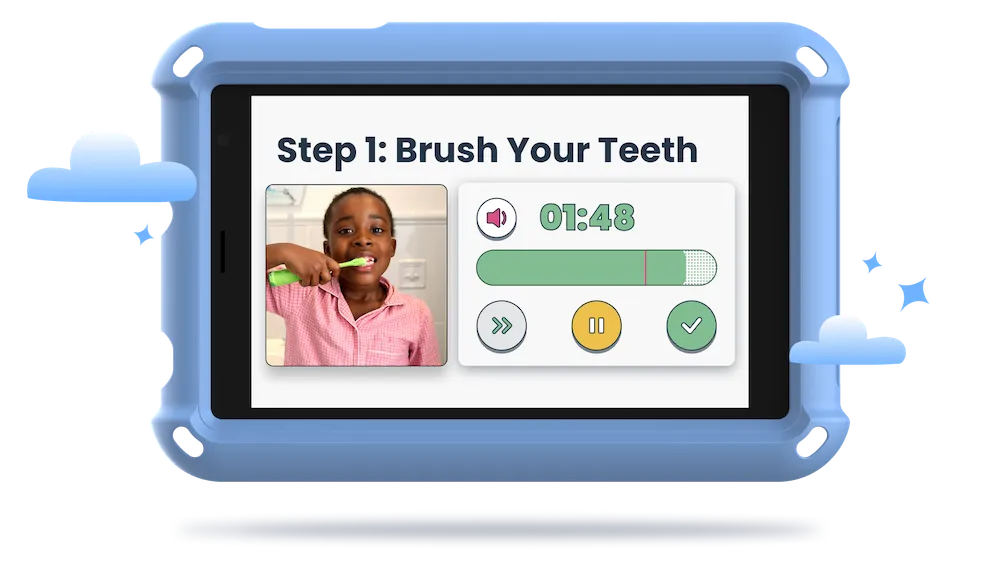Susie, an 8-year-old girl, faces a variety of experiences that engage her amygdala-prefrontal network. Here’s a hypothetical day in Susie’s life, showcasing the concept in action:
- Morning routine: Susie wakes up feeling grumpy. Her amygdala signals irritation, but her prefrontal cortex helps her realize that being grumpy won’t help, so she takes deep breaths and starts her day positively.
- School anxiety: At school, Susie feels nervous about a math test. Her amygdala-prefrontal network helps her calm down and focus on preparing for the test.
- Recess conflict: During recess, Susie gets upset when a friend takes her toy. The amygdala-prefrontal network helps her understand her friend’s perspective, manage her anger, and find a solution.
- After-school activity: Susie is unsure about her abilities and tries a new art class. Her amygdala-prefrontal network helps her stay calm, build confidence, and enjoy the experience.
- Bedtime reflection: Susie thinks about her day as she gets ready for bed. Her amygdala-prefrontal network helps her learn from her experiences and plan for a better tomorrow.
Throughout Susie’s day, her amygdala-prefrontal network supports her emotional well-being and social interactions. It allows her to adapt, make good decisions, and build strong relationships with those around her.
Goally, our innovative tablet, supports kids with special needs by enhancing their amygdala-prefrontal network through engaging apps. Goally promotes life and language skills with digital visual schedules, AAC, and gamified learning, fostering emotional regulation and social success.











